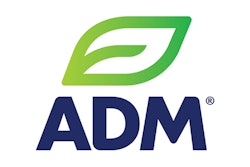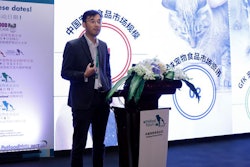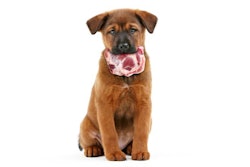
The 2019 list of the world’s leading pet food players, based on an annual update of our Top Pet Food Companies Database, shows some significant revenue shifts due to mergers and acquisitions during 2018. For example, after acquiring Bynsa Pets of Spain, the revenue of United Petfood Producers (based in Belgium) leaped 150%. Similarly, in the U.S., J.M. Smucker’s acquisition of Ainsworth Pet Nutrition led to a 38% increase in its pet food revenues.
None of this consolidation, also happening in distribution, is a surprise given the pet food industry’s mature status in many markets. Buying other companies is often a key way for large players to continue to grow. Plus, because pet food itself remains a growth market, it’s attractive to investors, private equity firms and companies from sectors like human food.
All types of pet food deals going on
During 2018, we reported 51 pet food-related mergers and acquisitions. Besides the number, what was notable was the type of deals happening: not only among pet food manufacturers and marketers but also among supplier companies, in addition to suppliers buying pet food companies – and vice versa. C.J. Foods, a private label manufacturer, purchased Lortscher Animal Nutrition, an ingredients supplier, while Darling Ingredients bought Triple T Foods, a private label pet treat manufacturer.
That latter deal conjured reminders of ADM’s 2017 purchase of Crosswinds, a contract treat manufacturer, following somewhat in the footsteps of Cargill and Tyson: other multinational giants that produce and market both on the supply side with ingredients as well as on the consumer side with products and even their own brands. ADM further expanded last year with its purchase of Neovia, another large company with both ingredient and pet food product divisions – upping the parent company’s pet food revenue by 48%.
Companies see growth in owning more parts of the supply chain, a strategy also pursued by pet food giants like Mars, Nestle Purina and Hill’s, who have been actively buying other types of pet ventures, such as tech, insurance, even media. Though small in scale to date, these types of acquisitions have continued during the first few months of this year, meaning we likely will see more changes in top pet food players’ revenues next year.
















